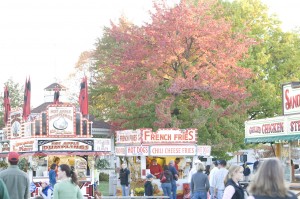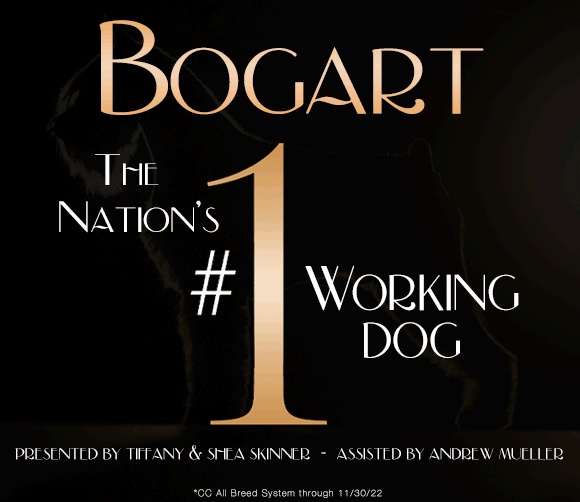Dog Show Food
By Amy Fernandez
 It’s interesting to read dog show reviews from that ancient era when the possibility of massive popularity first dawned on AKC–and show giving clubs. To be more precise, It was the post-war years of the late 1940s. This sport had just endured some of its most brutal strength tests, namely the Great Depression followed by World War II. Just like now, plenty of pundits somberly predicted its impending demise. Then, defying all those doomsayers, outta nowhere the dog show business picked up. It did more than that. While critics scrambled to revise their dead wrong predictions, AKC frantically geared up for unprecedented business.
It’s interesting to read dog show reviews from that ancient era when the possibility of massive popularity first dawned on AKC–and show giving clubs. To be more precise, It was the post-war years of the late 1940s. This sport had just endured some of its most brutal strength tests, namely the Great Depression followed by World War II. Just like now, plenty of pundits somberly predicted its impending demise. Then, defying all those doomsayers, outta nowhere the dog show business picked up. It did more than that. While critics scrambled to revise their dead wrong predictions, AKC frantically geared up for unprecedented business.
That’s generally viewed as AKC’s golden era. As much as they loved those spiking numbers, they were woefully unprepared. Office management and recordkeeping was forced out of its sedate traditions. Suddenly, they needed to recruit judges, admit legions of new clubs and delegates, amend rules and approve events at a very un-AKC pace. Back then, it was still all about benched shows. Exceptions that had been granted during wartime, etc. were still considered temporary. And AKC remained staunchly resistant to the idea of multiple clubs holding consecutive events in a single location.
Although the number of exhibitors grew faster than any other element of this situation, they were typically the last consideration. I already knew that when I came across a July 1951 AKC Gazette story Food At The Dog Show – Here’s how it can be improved. The author, Mark Taynton, clearly had experience running shows. “Granted that the chief function of a kennel club is to put on a show, but it is still an excellent policy for the club to see that all the personal wants of both exhibitors and audience are well provided for.” No one was prepped for stuff like managing exhibitor parking or sourcing reliable show photographers.
Those were far from the only brand new challenges. As Taynton noted, in previous decades, spectator attendance was never an issue for small shows. “In a show of the magnitude of four or five hundred dogs, the attendance will run as high as a thousand or more over the course of a day.” That brand new surprise was complicated by the fact that every exhibitor was required to stay for the duration of benching. That translated into a whole lotta people stuck in the middle of nowhere for the day–at the club’s invitation.
Big league events like M&E and Westbury Kennel Club made this part of their agenda. Those shows were famed for their luxury dining as much as their quality of entry. This was the pivot point where small, struggling local clubs first confronted the obligatory requirements of public entertainment venues. And the first rule of that stuff is–the longer they stay, the more they spend.
Unfortunately, everybody left when they got hungry. As Taunton admitted, “Clubs solve their food problems in all manner of ways…with indifferent results.” He outlined a few common disasters like running out of everything before noon or inadvertently serving up mass food poisoning. “The failure seems to result more from lack of clear understanding of the likely requirements of the crowds likely to attend the show.” The solution he envisioned to this multi-pronged problem of consistent quality and menu, affordable pricing, and quick service really didn’t exist then.
The fast food market revised American dining habits a few years later. And it wasn’t long before consumers began debating the tradeoff between convenience and health. Even though event planning has evolved dramatically since those days, that’s still pretty much the case for dog show dining. The options are few and the best food is usually that made by the exhibitors themselves and brought to the show.
Short URL: http://caninechronicle.com/?p=254231
Comments are closed












